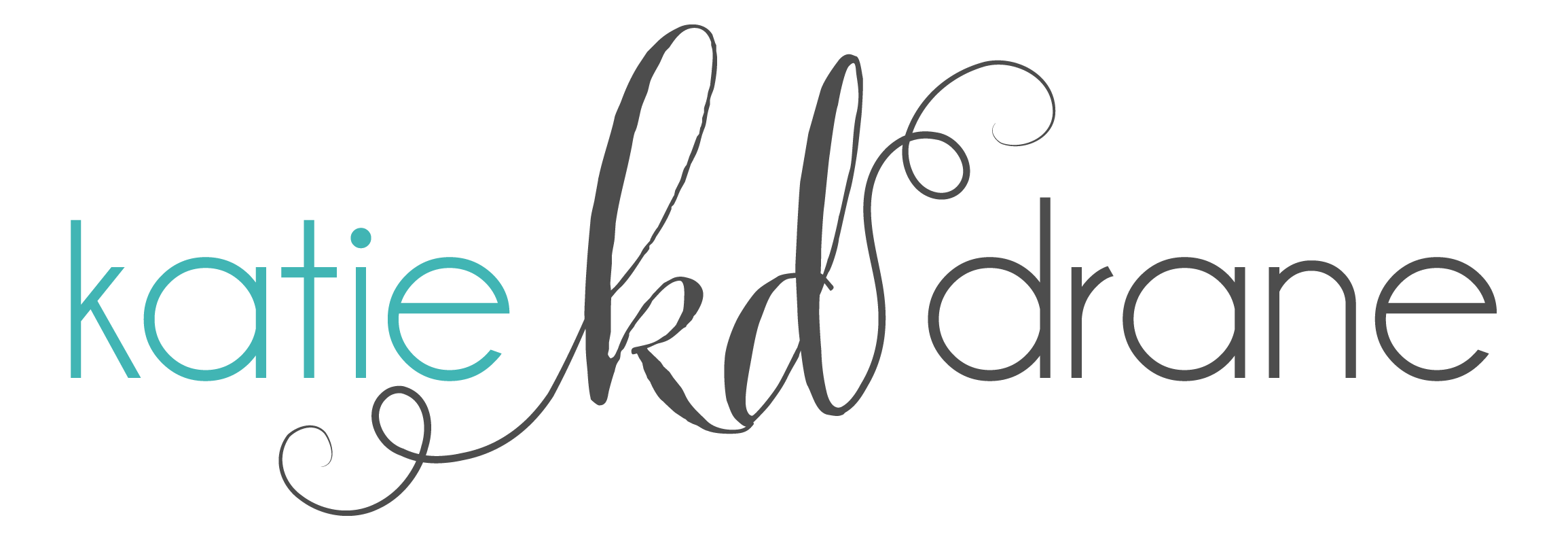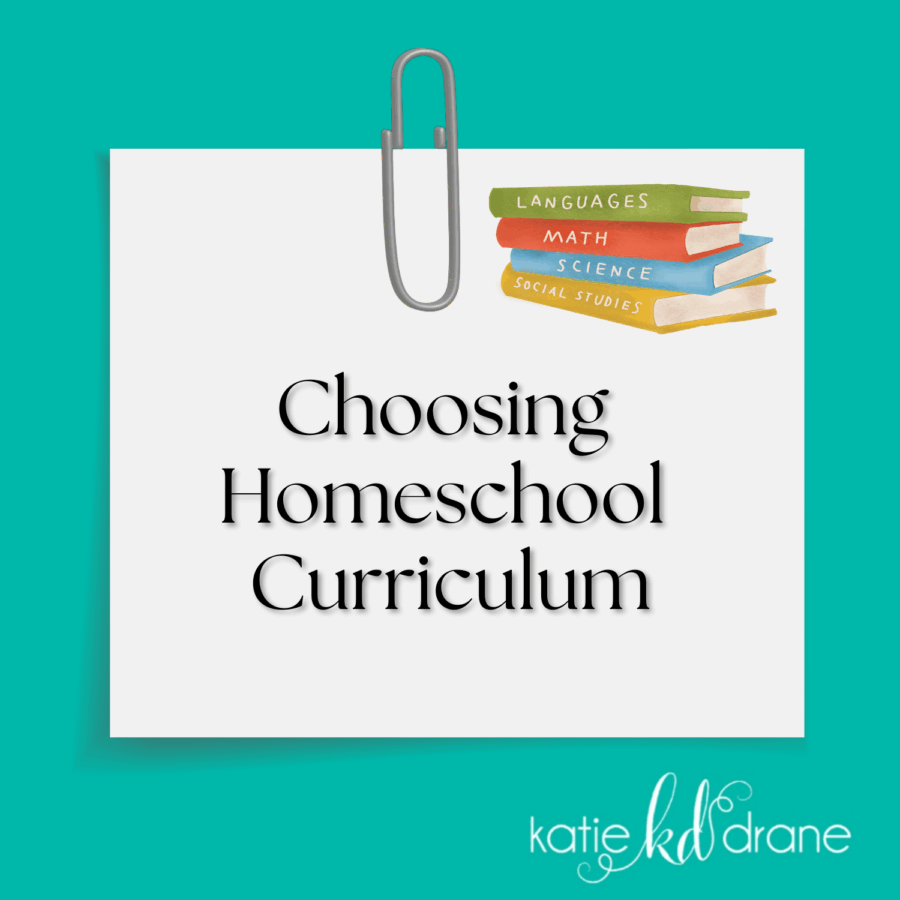Coming from the public school system, I thought there were a handful of tried-and-true courses that I could choose from. But homeschool is a different animal. Not only are there hundreds of different curriculum to choose from, but there are also different homeschooling styles, different schedules, different teaching methods, different everything.
The good news is that all of these options allow for parents to cater specifically to each child’s needs. The bad news–choosing curriculum can be very stressful and can become expensive for a new homeschool parent. My homeschool style is a mix of traditional instruction, project-based and play-based learning with lots of real world lessons and life skills mixed in. (This doesn’t apply to Luke, whose autism requires high support and a much different learning path. I’ll share how I instruct him in a different post.)
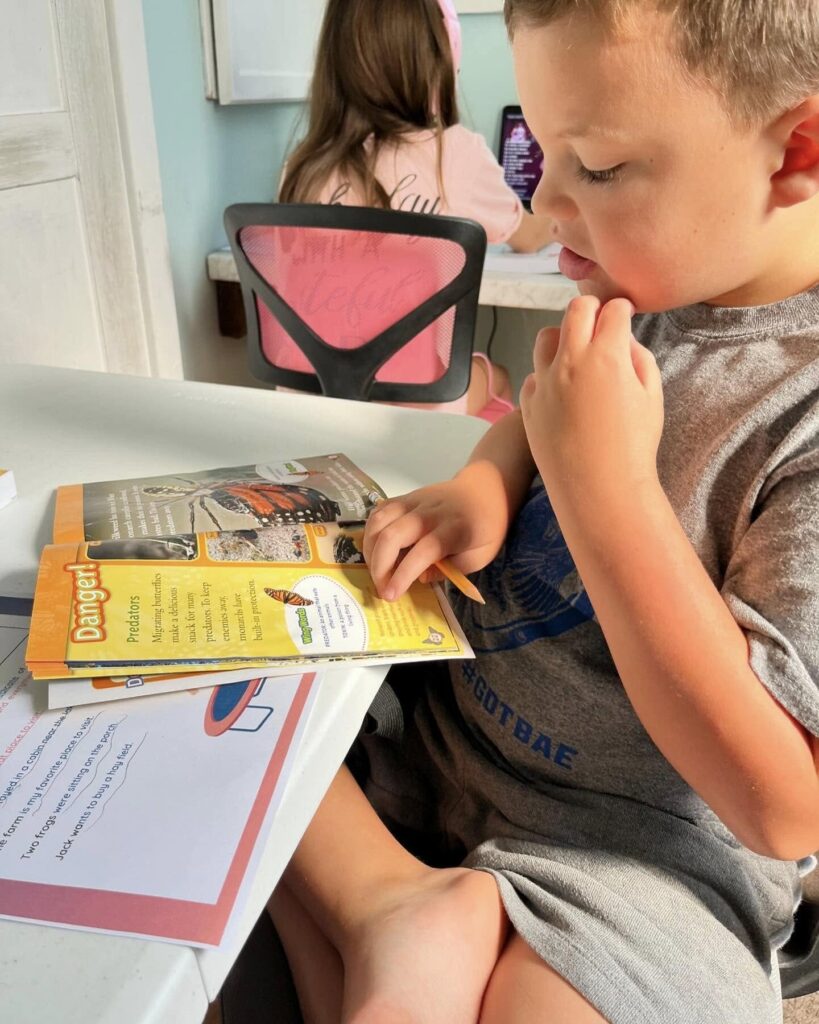
First, I looked at the law.
When it comes to homeschooling, always begin with the law. HSLDA is a great resource that provides the laws and requirements of each state. In Kentucky, I am required to teach reading, writing, spelling, grammar, history, math, science, and civics in the English language. I have to keep attendance, report cards and have to provide 170 days of instruction per school year. How I teach is completely up to me, so I have a lot of flexibility when it comes to methods and curriculum.

Second, I checked out the Kentucky Academic Standards.
Mastery and understanding are more important to me than being on grade level, especially when it comes to neurodivergent kids. But I felt like knowing the state’s academic standards acted as a useful guide for choosing curriculum and other materials. This isn’t mandatory. Most homeschool parents I know don’t even look at state standards. But having come from the public school system and being raised by a public school teacher, I wanted to be familiar, even though we deviate a lot.
Secular, faith-based or both?
This school year, all of our materials are secular. Last year, it was a mix of secular and faith-based. The decision to choose one over the other or both is personal to each family. For me, it was more about the instructional style, curriculum format and whether or not it was good fit for my kids. It’s not a priority for me for our religious beliefs to be woven into the kids’ homeschool curriculum, though it might be for other families. The beauty of homeschool is that you get to to choose.
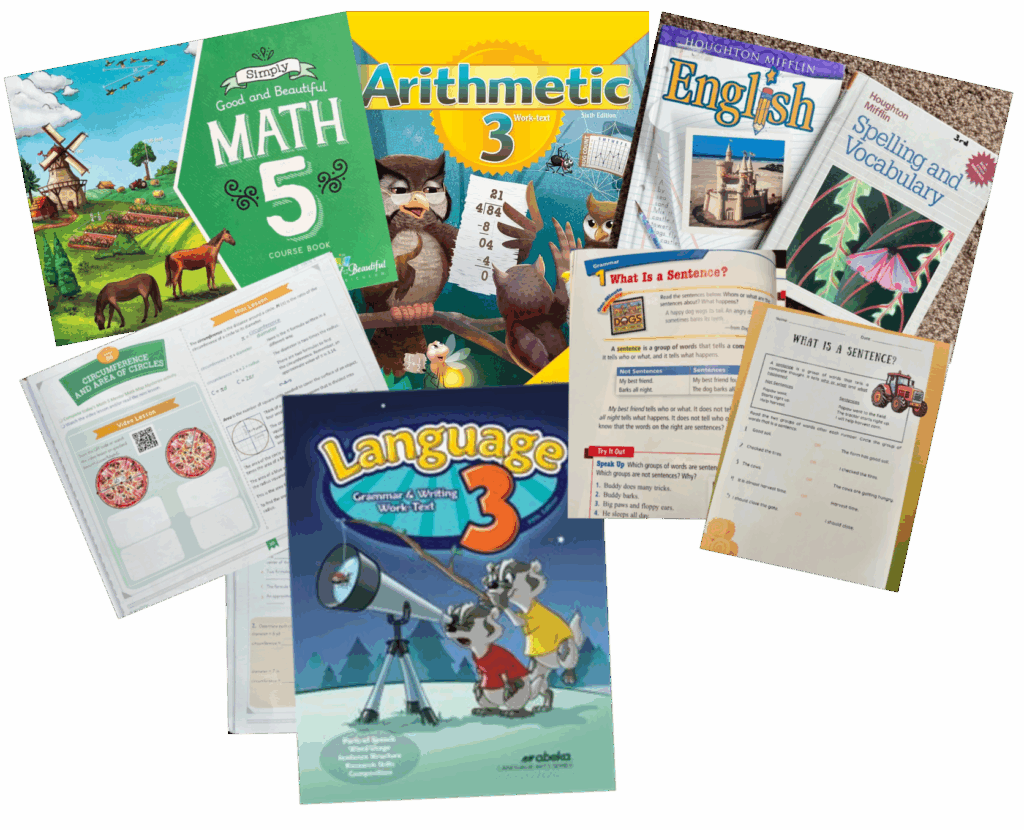
Curriculum can change year to year, and that’s ok.
Last year, we used the following:
The Good and The Beautiful Language Arts and Math–Grade 5 Christian
Abeka Math and Language Arts–Grade 3 Christian
Noeo Science–Grades 3-5 Secular (We stopped using this mid-year and switched to a bunch of different science resources.)
History Quest–Upper Elementary Secular (We quit using this one too and switched to special interest history topics.)
LOTS of independent reading
I also used resources from Teachers Pay Teachers, old textbooks and activities I made up on my own to supplement. The curricula listed above is great quality, meets or exceeds common core standards and were easy to use.
This year looks a lot different. Now that I’ve gained some experience and confidence, I didn’t go with open-and-go curriculum again. Instead, I’m doing mixed curriculum–a variety of different materials and resources that cater to each child’s learning style and special interests with a few core books. You might have noticed that we don’t use hardly any online learning programs (occasionally the kids get on Blooket). Not to say that we won’t go with online programs at some point, but for right now, I’m a a big fan of hands on and paper and pencil learning
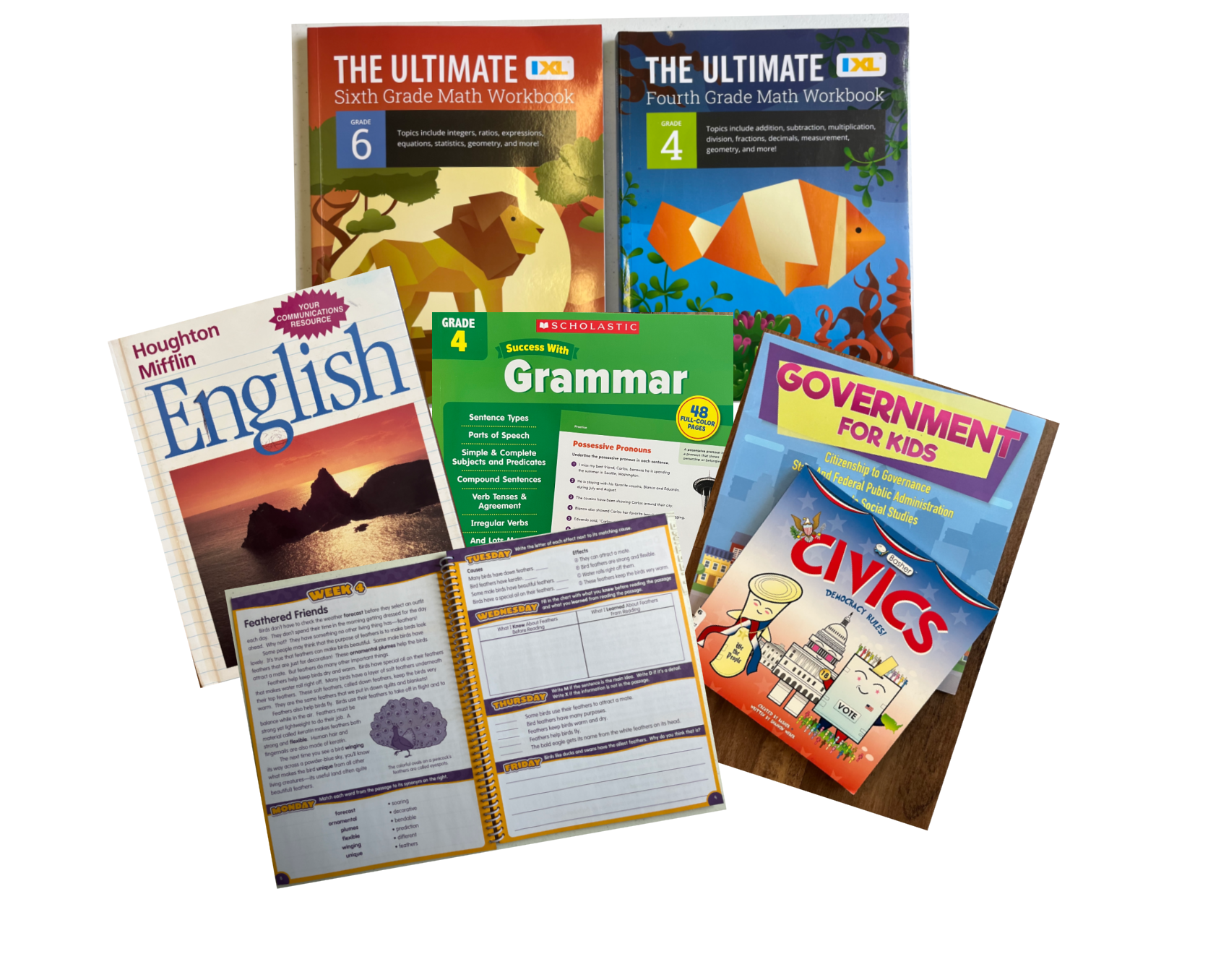
This year, we’re using:
IXL Math Complete Workbook (Hands down my favorite math curriculum.)
Lakeshore Learning Correct the Sentence Daily Journal
Lakeshore Learning Reading Comprehension Daily Practice Journal
Scholastic Success with Grammar Workbook
Houghton Mifflin English textbooks (sometimes old school is the best school.)
Science lessons and experiments from various sources
LOTS of independent reading
Unit studies that deep dive into special interests and incorporate subjects like history, science and language arts into one.
Life skills–Baking, cooking a meal, basic sewing, checking vehicle fluids, washing, drying and folding clothes, pressure washing, lawn care, etc…
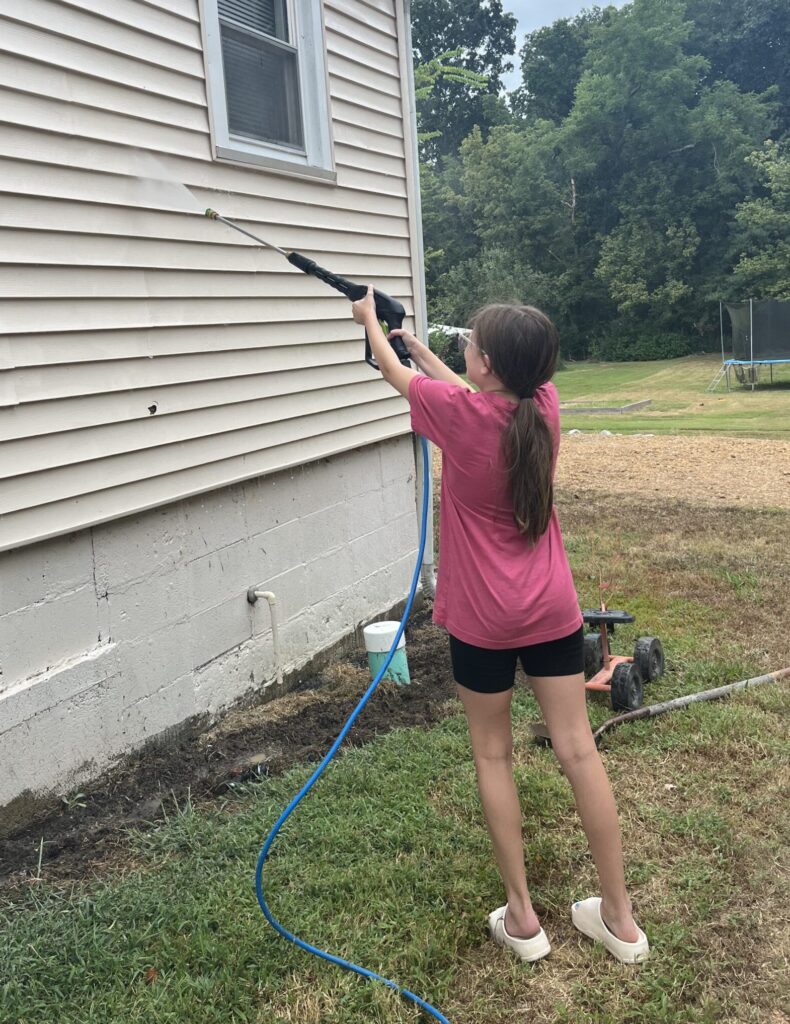
We spend a lot of time learning outside. One of the kids’ favorite lessons was dam building.
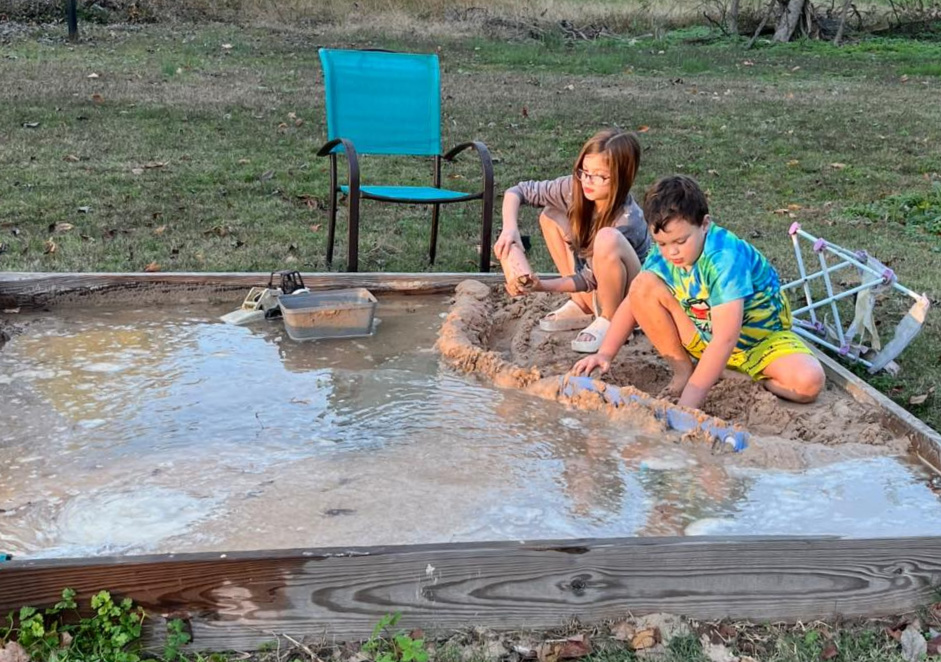
The best curriculum is what works for your family.
But if you’re looking for some direction to begin your search, I recommend asking other homeschool parents, joining Facebook homeschool groups, researching online and then trial and error. You really won’t know what works best for your child until you start.
